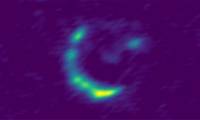
This is a literal ghost because in real time this galaxy may be very old or no longer exist.
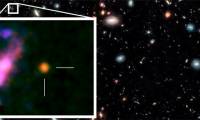
Traveling back more than 13.4 billion years, the ALMA super telescope system located in Chile's Atacama Desert has captured an image of one of the oldest galaxies in the universe.
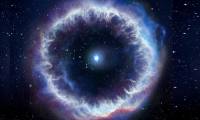
The faintest radio burst ever detected by humanity could help solve the long-standing mystery of this spooky cosmic signal.
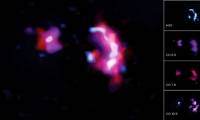
Scientists say they have discovered evidence of water in a galaxy about 12.8 billion light-years from Earth.

Astronomers have announced the discovery of a brown dwarf star 332 light-years from Earth that could support planet formation.

The ALMA telescope captures a beautiful multicolored gas cloud surrounding two fighting stars in the Centauru constellation more than 6,800 light-years from Earth.

Thanks to the ALMA telescope system in Chile, scientists observed MAMBO-9, a galaxy filled with cosmic dust and creating new stars.

Thanks to the telescope system in Chile, scientists observed the merger of the oldest galaxy in the constellation Sextans.

A team of scientific researchers have announced for the first time the aluminum-containing molecule around a young star thanks to the antennas of the ALMA telescope.

More than three decades ago, astronomers witnessed a rare and extremely intense cosmic event: a dying star that exploded 168,000 light-years away.
 This is a literal ghost because in real time this galaxy may be very old or no longer exist.
This is a literal ghost because in real time this galaxy may be very old or no longer exist. Traveling back more than 13.4 billion years, the ALMA super telescope system located in Chile's Atacama Desert has captured an image of one of the oldest galaxies in the universe.
Traveling back more than 13.4 billion years, the ALMA super telescope system located in Chile's Atacama Desert has captured an image of one of the oldest galaxies in the universe. The faintest radio burst ever detected by humanity could help solve the long-standing mystery of this spooky cosmic signal.
The faintest radio burst ever detected by humanity could help solve the long-standing mystery of this spooky cosmic signal. Scientists say they have discovered evidence of water in a galaxy about 12.8 billion light-years from Earth.
Scientists say they have discovered evidence of water in a galaxy about 12.8 billion light-years from Earth. Astronomers have announced the discovery of a brown dwarf star 332 light-years from Earth that could support planet formation.
Astronomers have announced the discovery of a brown dwarf star 332 light-years from Earth that could support planet formation. The ALMA telescope captures a beautiful multicolored gas cloud surrounding two fighting stars in the Centauru constellation more than 6,800 light-years from Earth.
The ALMA telescope captures a beautiful multicolored gas cloud surrounding two fighting stars in the Centauru constellation more than 6,800 light-years from Earth. Thanks to the ALMA telescope system in Chile, scientists observed MAMBO-9, a galaxy filled with cosmic dust and creating new stars.
Thanks to the ALMA telescope system in Chile, scientists observed MAMBO-9, a galaxy filled with cosmic dust and creating new stars. Thanks to the telescope system in Chile, scientists observed the merger of the oldest galaxy in the constellation Sextans.
Thanks to the telescope system in Chile, scientists observed the merger of the oldest galaxy in the constellation Sextans. A team of scientific researchers have announced for the first time the aluminum-containing molecule around a young star thanks to the antennas of the ALMA telescope.
A team of scientific researchers have announced for the first time the aluminum-containing molecule around a young star thanks to the antennas of the ALMA telescope. More than three decades ago, astronomers witnessed a rare and extremely intense cosmic event: a dying star that exploded 168,000 light-years away.
More than three decades ago, astronomers witnessed a rare and extremely intense cosmic event: a dying star that exploded 168,000 light-years away.


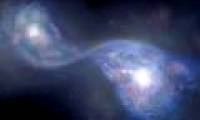

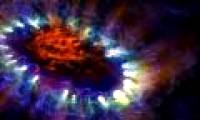
 NASA's 'Ninth Planet' Shows Signs of Being Friendly to Life
NASA's 'Ninth Planet' Shows Signs of Being Friendly to Life Why did American astronauts have to be quarantined when returning to Earth?
Why did American astronauts have to be quarantined when returning to Earth? China surprises the world by building a cable-stayed bridge 'above the clouds'
China surprises the world by building a cable-stayed bridge 'above the clouds' Why do women sleep less and wake up more than men?
Why do women sleep less and wake up more than men? Revealing the secret inside the stuffed animal claw machine, from there, summarizing experience to help you increase your winning rate many times over
Revealing the secret inside the stuffed animal claw machine, from there, summarizing experience to help you increase your winning rate many times over What would happen if you dug a hole through the Earth and jumped in?
What would happen if you dug a hole through the Earth and jumped in? Camera takes a photo that lasts 1,000 years
Camera takes a photo that lasts 1,000 years Was there nuclear war in ancient times?
Was there nuclear war in ancient times?